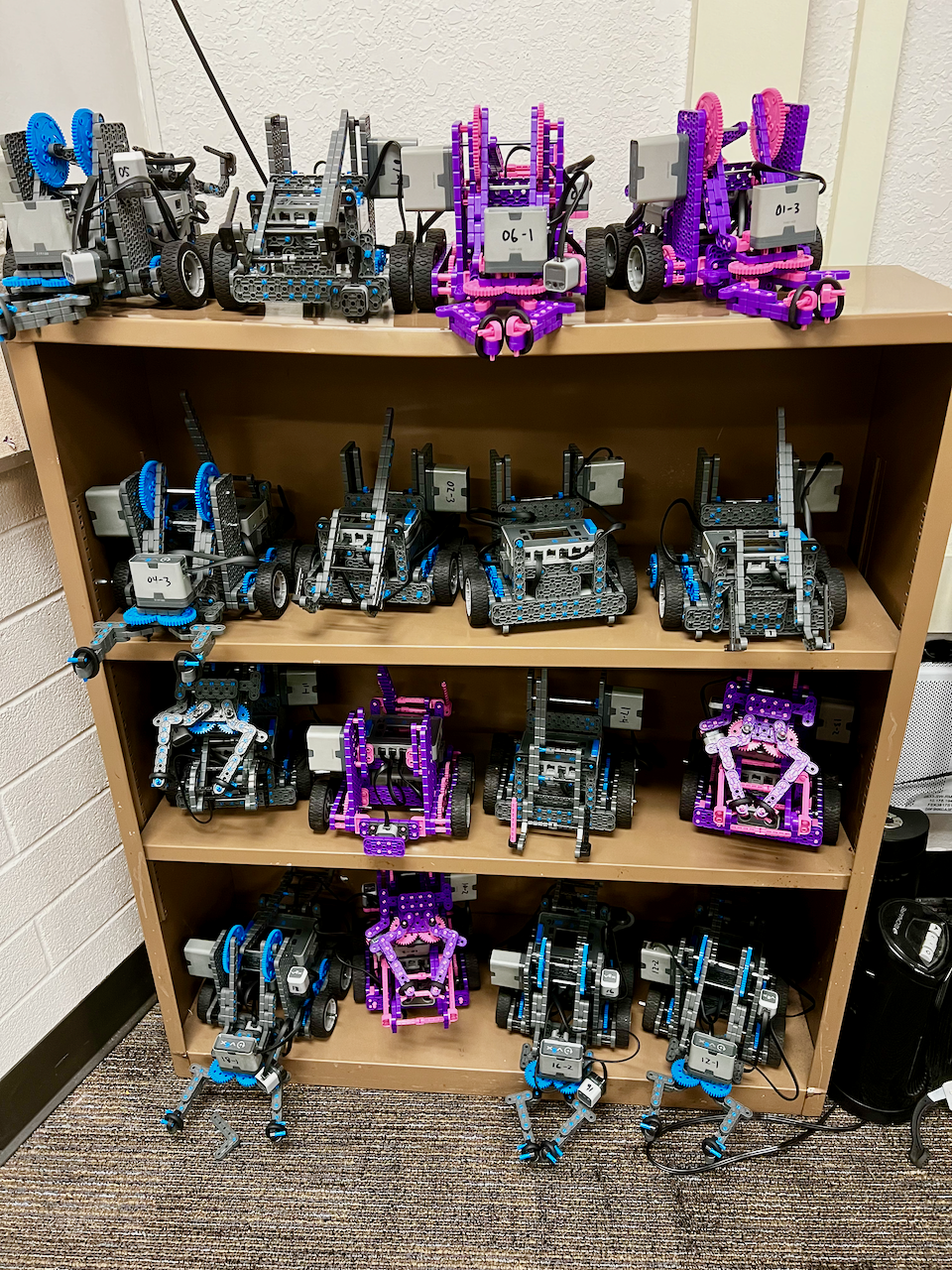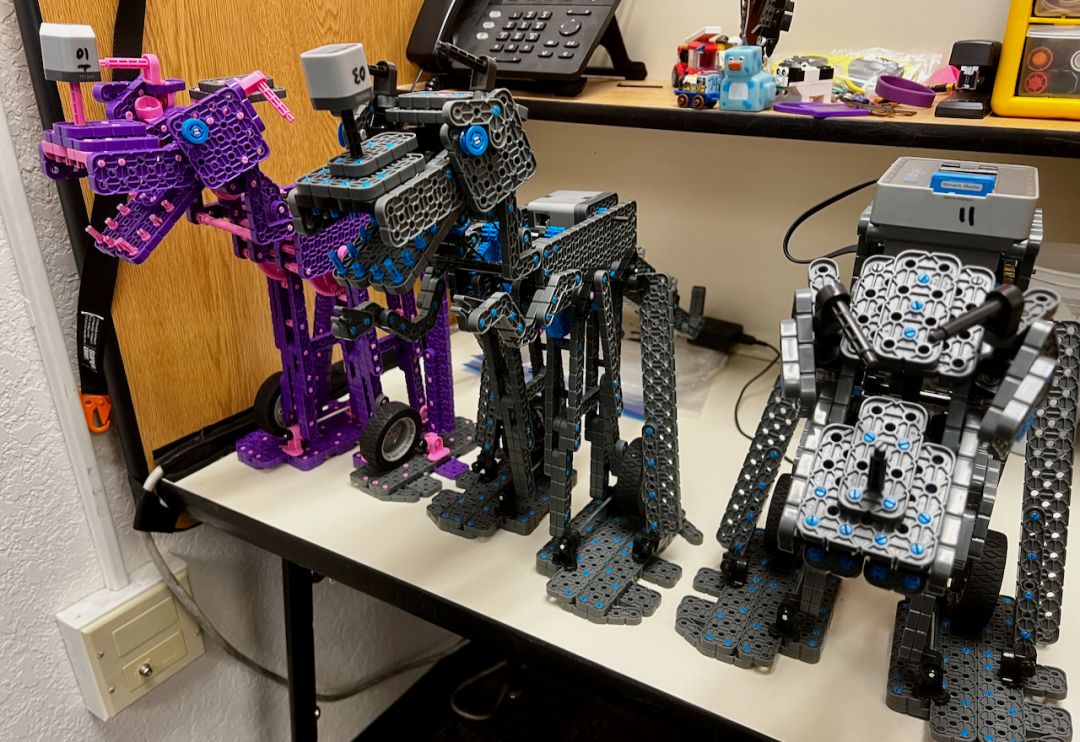I am not going to pretend to understand what’s going on in Florida with their public school decision process, but I can tell you, as one fully engaged at the the ground floor level of this educational journey, any discussion that invokes the desire to “return to normal” in the public school space is mostly uninformed nostalgia and/or just bat-shit disconnected from today’s reality. Let me make it perfectly clear that any mention of the word “normal” automatically indicates that the speaker never participated in the day-to-day challenges of education either ever, for a couple decades and most certainly over the past two years. I mean, as a veteran teacher with over 25-years experience in the classroom, I can confidently say, whatever “normal” was was not working for the vast majority. Either way, “normal” very much evaporated on March 13, 2020 when we went home not knowing that the following Monday and for the next year, we’d be teaching “remotely.”
So, now that I’m staring down at the last few Fridays of the current educational campaign, two-years into this current “experiment,” what have I learned? First thing that pops to mind is that humans do not learn in a fashion that can be entirely reduced to little boxes on someone’s spreadsheet. The driving force that we need to “return to normal” because students have lost “learning” while we were working remotely is so wrongheaded, it shows a profound lack on insight into the very nature of learning. A better way to discuss where we go from here is what we may have all learned because students were sent home to do “school” and what that revealed about how we do school in America.
Lost learning? Try for a second to look at all the things teachers and students accomplished in an unprecedented environment to try to stay connected, to try to provide for ongoing learning. If anything, the pandemic forced us to contend with the things that weren’t working in “normal” education.
When this challenge began I was teaching at a low-performing low-socio-economic-status elementary school in North Las Vegas, a high poverty area of the district. The school itself was a beautiful, well-equipped, safe space for students and families to gather. The staff was extraordinarily dedicated and competent. I was a “specials” STEAM teacher working with all 397 student from every class once a week for an hour teaching STEAM. But from the moment students were sent home on March 13th 2020 until the end of that school year, over 100 students never resurfaced. That’s about one-fourth of my students disappeared and never checked back in or responded to my emails or communication. But instead of saying, “well, that’s why remote learning is so terrible,” or “here’s why remote learning doesn’t work,” maybe one should figure out why these students and their families chose to stop “going to school.”
Instead of blaming remote learning or teachers and school districts, let’s look at the neighborhoods and “family situations” these disappeared students returned to when they were forced to stay home. Did they have the needed technology (one computing-device per student) or a good internet connection? Remember that viral story of the elementary school-age sisters who sat in front of a Taco Bell so that they could use the Taco Bell’s wifi to connect to the Internet and do their class work? I know my elementary school spent that first month distributing chrome books to every single student who asked for one. A huge effort was made to get needed technology to students and families. Hell, even one of our local Internet providers, Cox, offered an inexpensive way for families to get online for $10 a month. Not bad, but my question is why did it take a global pandemic for us to even consider the inequity of how many of our families and students had no connection to the Internet except when on campus. In this competitive world that we’re so proud of, how the hell is a kid living with siblings, cousins, nanas and god-knows-what, with no meaningful Internet connection supposed to compete with the kid and family who buys the shiniest new technologies year after year? And that’s just looking at the tech end of the unbalanced equation.

Of the disappeared ones, how many came from families where both parents worked multiple jobs and there was no one to provide the supervision all of us need to get difficult things done on a schedule? How many started out with single-parent homes? How many lost parents or grandparent during the pandemic? How many suffered because a parent lost their job during the pandemic and that forced students to stay in a confined space with a disgruntled adult? Remote learning didn’t create these problems. The pandemic revealed these difficult sociological issues that we previously papered over with beautiful buildings and lots of meetings. Don’t blame remote learning for the dysfunction that was already there but easier to ignore because we were doing “something about it.”
And believe me, just bringing students back to campus didn’t really fix anything either. Yeah, they may be less isolated, back with their friends, but all the things that didn’t work before are straining everyone and everything in a way that I have never seen in my several decades in the classroom. We’ve all been at this for over two-years, adjusting to this requirement and jumping through that hoop and we’re all exhausted beyond the point of failure. Teachers quitting mid-year is no joke.
Parental accountability? Ha! Parents wanted to crown us saints when all of this began and they first experienced the challenges of working with their own children. But as the at-home situation dragged on they demonized us because we were unwilling to go back to unsafe classrooms and risk our health and lives because they wanted to be relieved of the duty of supervising their own children. And now that the students have been deposited back on campus, I’m lucky to get one response out of ten attempts to contact someone at home about someone’s behavior. Return to normal did not fix anything.
What I’m describing isn’t an educational issue that’s going to get fixed with more teacher training or more student testing or more time on-campus. These are sociological issues. These are inequity issues. Everyone needs to step up and be accountable, not just teachers and some students. But, here we are, we’ve gone back to spending precious instruction time testing, we’re back to 50-minute classes rushing from one subject to the next, we’re back to 40-students packed into classrooms designed to house 25. It’s almost like we didn’t learn anything from the first year of the pandemic, when we try to accommodate the strain working from home was going to put on everyone. We had block scheduling where certain classes met on certain days and there were big chunks of time set aside for parents to meet with teachers and teachers to meet with students who needed extra support and teachers met with each other to support each other. All of that got swept away in the rush to get back to “normal.” Any successes experienced over the past two years have nothing to do with this rush to get things back to normal and everything to do with teacher, student and administration dedication to make it work, to be flexible and to try to remain kind to one another and recognize our shared and very strained humanity.
So what have I learned?

Because this past year has been so challenging and difficult I entertained a variety of possibilities for the next school, including going online full-time or leaving the classroom altogether. But at this point I’ve decided that I owe it to myself to take everything I’ve learned teaching media and robotics over the past two-years and give it another go. I believe I have one more year in the tank. Leaving at the end of this year in my somewhat tortured mind kind of undermines all of the sacrifices I’ve made to make this current year work. All the weekdays waking up at 5:30 and staying up grading and creating new curriculum well past 11:30 for the past ten-months and all of the weekends spent working, has resulted in a large collection of curriculum and experiences that I still feel I can leverage toward a better year next year. So, that’s the current plan.
At the same time, because I have spent so much time exploring other possibilities part of the plan is to continue to work toward the chapter that will follow this current educational adventure. In as much as teaching has had the nasty habit of crowding out all of my various interests, I am counting on clearing the needed spaces to work on my writing, this blog, my long abandoned podcast, my photography and music… So that by this time next year I can begin that chapter with all of these things playing a more prominent role in my journey. I’ve worked too damn hard to do anything less than this.

















